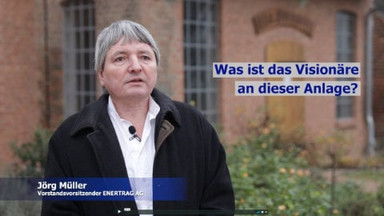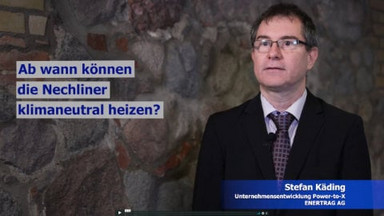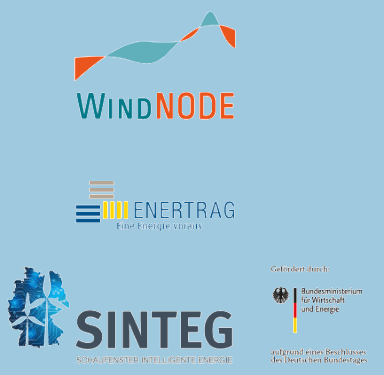Wind Power: The Smart Energy For Local Heating Networks As Well
Wind-based thermal energy storage facilities use wind power from neighbouring wind fields for a carbon-free local heat supply. Synergies are created here by coupling the energy industry segments of electricity and heat. This useful example of sector coupling can be ground-breaking for numerous North German municipalities and cities, which have copious amounts of wind energy locally available.
The unique feature of the wind-based thermal energy storage facility is the connection of a local heating network and wind turbines on site with an electrically operated heat storage facility. The variable electricity from production peaks serves to heat the water in the storage tank.
The slogan "Use instead of Shutdown" refers to the use of production peaks, for which there is no use in the grid, to instead supply heat. Instead of curtailing wind turbines, or in extreme cases shutting them down completely, water is heated in the heat storage tank by the use of the electricity, allowing wind power to be stored as thermal energy. This energy is then available in the local heating network to heat the connected houses and can replace old fossil heating systems. This cost-effective and highly efficient local heating can thus be combined with carbon-free wind power. In doing so, a highly efficient heating system based entirely on renewable energy is created. In the following real-life example of sector coupling, locally generated carbon-free electricity is used directly to heat an entire village.







